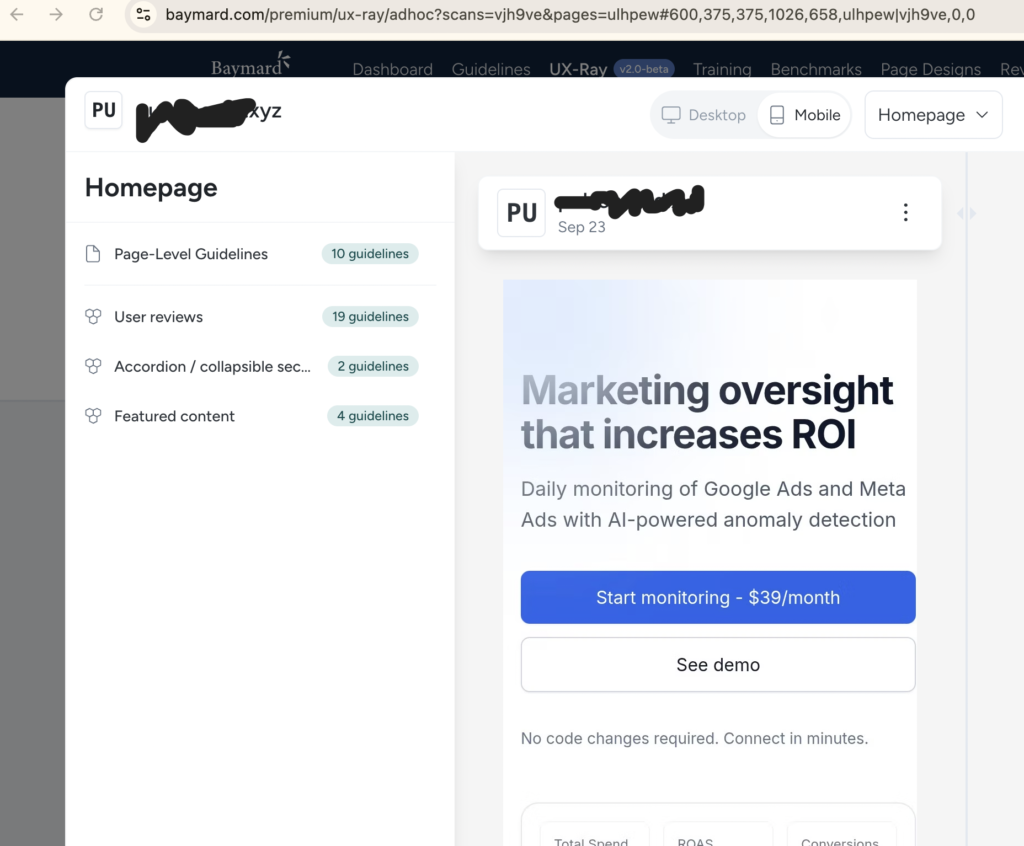At 40, I’ve learned that impatience isn’t always a vice, sometimes it’s the fuel that drives breakthrough innovation. While I’ve been watching Web3 opportunities in the US unfold at what feels like glacial pace, I decided to channel that restless energy into something tangible. The question that kept nagging at me: How fast can someone with strategic marketing vision, execution chops, and technical understanding actually build a SaaS product without writing a single line of code?
The Perfect Storm of Frustration and Confidence
Here’s the thing about being a growth marketer who bridges strategy and execution while understanding the technical underpinnings, you see opportunities everywhere, but you also see how slowly most people move on them. Web3 might not be rolling out the red carpet for marketers like me just yet, but that doesn’t mean I have to sit on my hands.
I knew exactly what was needed for my SaaS idea. I had the strategic framework, understood the execution requirements, and could visualize the technical architecture. The only question was: Could modern AI tools match the speed of my vision?
The 12-Hour Sprint: From Concept to First Draft
The Setup: Cursor → GitHub → Vercel with Supabase database, complete with Google Ads and Meta API connectors.
Hour 0: Clear product vision in mind
Hour 1-3: Cursor AI with Claude helping structure the core application logic
Hour 4-6: GitHub repository set up, version control established
Hour 7-9: Vercel deployment pipeline configured, Supabase database schema designed
Hour 10-11: API integrations for Google Ads and Meta platforms
Hour 12: First functional draft taking shape
The beauty wasn’t just in the speed, it was in how each AI model excelled at different aspects of the build. Some were brilliant at architectural decisions, others at specific integrations, and still others at optimization suggestions. While the product isn’t quite ready to ship yet, I’m confident I can go from concept to validated launch within a single week.
The Landing Page Magic Trick
But here’s where it gets really interesting. Building the product was just phase one. The landing page needed to convert, and this is where my marketing brain typically takes over for weeks of A/B testing and optimization.
Enter Baymard Institute‘s research database, or rather, an AI model trained on their conversion optimization insights. MAGIC!!!
The Process:
- Fed my first prototype landing page to Baymard-trained AI
- Received detailed UX audit with specific improvement recommendations
- Pushed that feedback back to AI models for implementation
- Result: Professional, conversion-optimized landing page in under 10 minutes
This wasn’t just fast, it was strategic speed. Every suggestion was backed by conversion research, not just aesthetic opinions.

The One-Week Challenge: Ship Fast, Validate Faster
This experiment revealed something crucial about modern product development. The traditional cycle of “build → launch → learn” is compressing dramatically. My goal isn’t perfection in 12 hours, it’s a shippable MVP within one week of the initial concept.
The Timeline:
- Days 1-2: Core functionality and user flows (12-hour foundation complete)
- Days 3-4: Polish, edge cases, and user testing
- Days 5-6: Final optimizations and deployment prep
- Day 7: Ship and start collecting real user feedback
The real test isn’t whether AI can help you build fast, it’s whether you can validate your assumptions equally quickly once you have users interacting with your product.
What This Really Means for Modern Builders
As someone who’s spent years understanding what makes growth marketing tick, I could guide these AI tools with precision. I knew what questions to ask, what problems to anticipate, and how to evaluate the outputs. The AI provided the execution speed; I provided the strategic direction and quality filter.
But here’s the kicker: the real competitive advantage isn’t in building fast, it’s in learning fast. Getting from concept to first user feedback in a week means you can iterate through multiple product hypotheses while others are still debating technical architecture.
For Technical Founders: The barrier between idea and prototype has essentially disappeared. The constraint is no longer “Can I build this?” but “Should I build this?”
For Marketing-Minded Builders: Understanding customer psychology, conversion principles, and go-to-market strategy matters more than ever. AI can build your product, but it can’t replace market insight.
For the Industry: We’re witnessing the democratization of technical execution, which means competition is about to intensify dramatically. The winners will be those who combine AI leverage with deep domain expertise.
Looking Forward: Impatience as Innovation Driver
My 12-hour sprint wasn’t just about proving AI capabilities, it was about recognizing that in a world where technical execution is becoming commoditized, the real value lies in strategic vision, market understanding, and the ability to move at the speed of opportunity.
While I’m still confident that Web3 will eventually recognize the value of growth marketers who can think strategically, execute tactically, and understand the technical landscape, I’m not waiting around. The tools exist today to turn impatience into innovation.
The question isn’t whether you can build faster than ever before—it’s whether you can think and strategize as quickly as you can now execute.
Ready to push your own boundaries? The tools are there. The question is: What are you waiting for?

